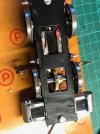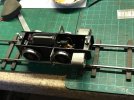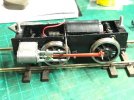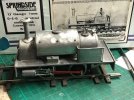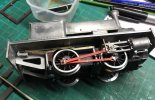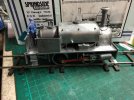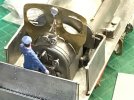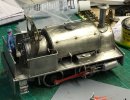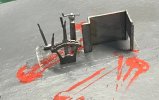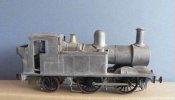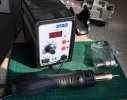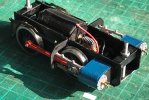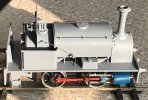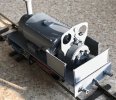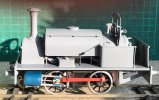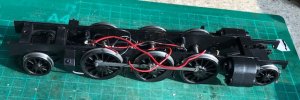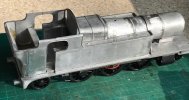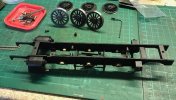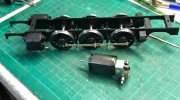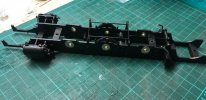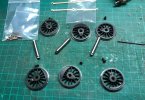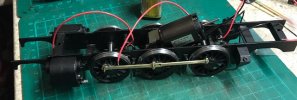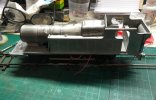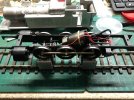I am currently building a Springside 7mm scale Manning Wardle 0-4-0 saddle tank loco. Its something I found on eBay in a mixed lot of kits
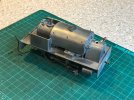 This is more or less how I found it. the first job was to buy a set of instructions then assess what was missing, not as east as you think as the parts were all mixed up with other models/parts
This is more or less how I found it. the first job was to buy a set of instructions then assess what was missing, not as east as you think as the parts were all mixed up with other models/parts
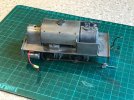
Whilst I was waiting for the missing parts I took the chassis apart and started to clean everything up. I am very lucky as most of the large parts have been very neatly soldered together.
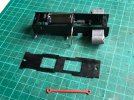
The chassis was painted (cylinders were left as parts still need to be fitted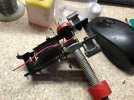
I replaced the missing plunger pickups as well as fitting the existing two, which is a job for more than one pair of hands
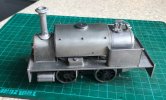
This is the state of play by this afternoon, at lunchtime the parts I had ordered dropped through the letterbox.
I had planned to do something else as I did not expect the items to arrive so quickly. So the afternoon was spent ticking off what has been done by the previous builder, simply so I know what has been missed and where the previous builder got to.
My build plan has been revised so the body will be put aside until I get the chassis working
 This is more or less how I found it. the first job was to buy a set of instructions then assess what was missing, not as east as you think as the parts were all mixed up with other models/parts
This is more or less how I found it. the first job was to buy a set of instructions then assess what was missing, not as east as you think as the parts were all mixed up with other models/parts
Whilst I was waiting for the missing parts I took the chassis apart and started to clean everything up. I am very lucky as most of the large parts have been very neatly soldered together.

The chassis was painted (cylinders were left as parts still need to be fitted

I replaced the missing plunger pickups as well as fitting the existing two, which is a job for more than one pair of hands

This is the state of play by this afternoon, at lunchtime the parts I had ordered dropped through the letterbox.
I had planned to do something else as I did not expect the items to arrive so quickly. So the afternoon was spent ticking off what has been done by the previous builder, simply so I know what has been missed and where the previous builder got to.
My build plan has been revised so the body will be put aside until I get the chassis working

